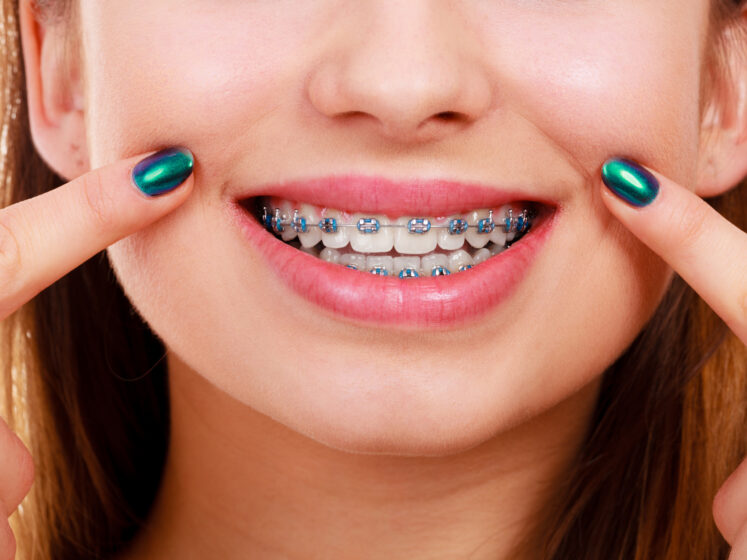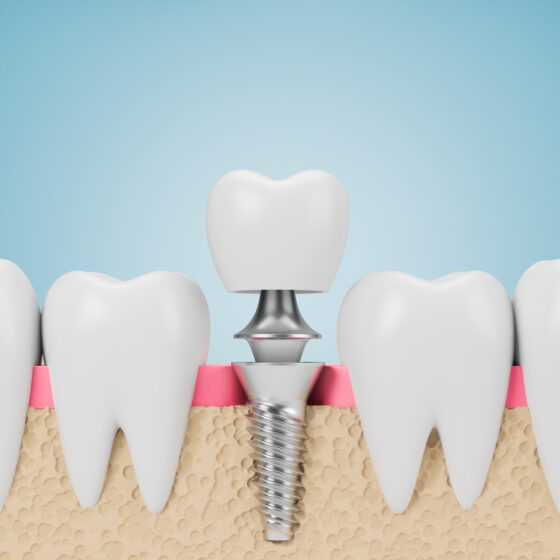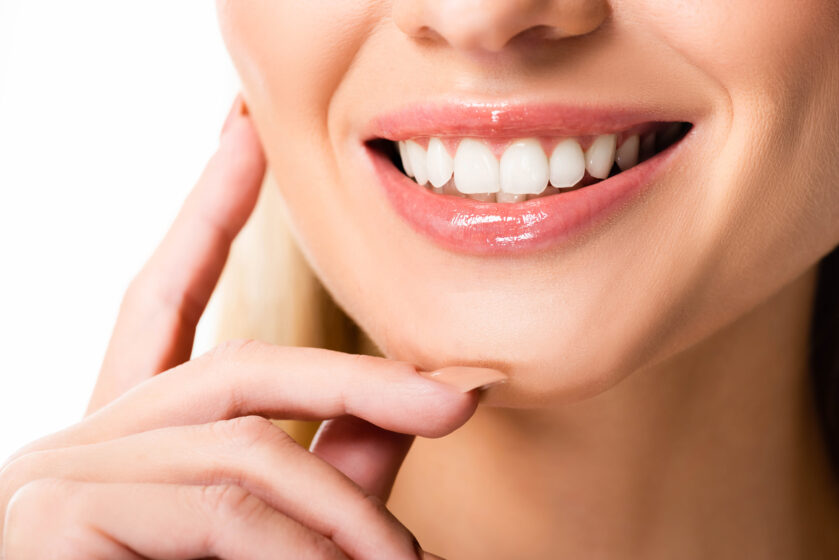Welcome to the transformative world of smile makeovers, where cosmetic dentists work their magic to enhance your pearly whites and boost your confidence! If you’ve ever dreamed of achieving a dazzling Hollywood smile, this blog is your ultimate guide to understanding the artistry behind smile makeovers. Let’s embark on a journey together as we explore the fascinating realm of cosmetic dentistry and unveil the secrets to unlocking your perfect smile.
Understanding the Role of a Cosmetic Dentist
When it comes to enhancing your smile, a cosmetic dentist plays a crucial role in helping you achieve the results you desire. These specialised professionals focus on improving the aesthetics of your teeth and overall oral appearance.
Cosmetic dentists have extensive training and experience in various procedures like teeth whitening, veneers, and orthodontics. They are skilled at creating custom treatment plans tailored to each patient’s unique needs and goals.
During consultations, cosmetic dentists carefully assess your oral health and discuss options for transforming your smile. They work closely with you to understand your concerns and develop a personalised approach that addresses them effectively.
From minor touch-ups to complete smile makeovers, cosmetic dentists utilize advanced techniques and technologies to deliver exceptional results. Whether you’re looking for a brighter smile or straighter teeth, these experts are dedicated to helping you achieve a beautiful, confident smile.
Common Reasons for Seeking a Smile Makeover
Are you tired of hiding your smile in photos or social situations because of discolored or crooked teeth? Many people seek smile makeovers to boost their confidence and improve their overall appearance. A common reason for wanting a smile makeover is to correct dental issues such as misaligned teeth, gaps, or stains that have been bothering them for years.
For some individuals, a beautiful smile can open doors professionally and personally, making it a worthwhile investment in self-improvement. Whether it’s for a special occasion like a wedding or simply to feel more confident on a daily basis, the desire for a perfect smile is relatable across various age groups.
By addressing these aesthetic concerns through procedures like teeth whitening, veneers, or Invisalign, individuals can achieve the smile they’ve always dreamed of having. Investing in your oral health and appearance can lead to increased self-esteem and overall happiness.
The Process of Getting a Smile Makeover: Consultation, Planning, and Procedures
Embarking on a smile makeover journey is an exciting process that begins with a consultation. During this initial visit to the cosmetic dentist, you will discuss your goals and desires for your new smile. The dentist will assess your current oral health and suggest suitable procedures to achieve the desired results.
Once the consultation is complete, the planning phase begins. This stage involves mapping out the specific treatments needed to transform your smile. Whether it’s teeth whitening, veneers, or other procedures, each step is carefully considered to ensure optimal outcomes.
Following the planning stage comes the actual procedures involved in creating your dream smile. From shaping and contouring to applying veneers or Invisalign aligners, each step plays a crucial role in enhancing your overall appearance and confidence.
Throughout this process, open communication with your cosmetic dentist is key to ensuring that every detail is tailored to meet your expectations. By working closely together, you can achieve a stunning smile that truly reflects your inner beauty and personality.
Types of Smile Makeovers: Teeth Whitening, Veneers, Invisalign, etc
When it comes to transforming your smile, there are various types of smile makeovers that can cater to different needs and preferences.
Teeth whitening is a popular choice for those looking to brighten their smile and remove stains caused by coffee, tea, or smoking. This non-invasive procedure can significantly enhance the appearance of your teeth in just one session.
Veneers are thin shells placed over the front surface of your teeth to improve their color, shape, or size. They can effectively correct gaps between teeth, chipped enamel, or misaligned teeth for a flawless smile.
Invisalign offers a discreet alternative to traditional braces for straightening crooked teeth. These clear aligners are custom-made to gradually shift your teeth into proper alignment without the need for metal wires or brackets.
Each type of smile makeover has its unique benefits and considerations. Consult with a cosmetic dentist to determine which option best suits your individual needs and goals!
Maintaining Your New Smile: Aftercare and Follow-Up Visits
Once you have achieved the perfect set of pearly whites, it’s essential to maintain them for the long run. Aftercare plays a crucial role in preserving your rejuvenated smile and keeping it looking its best.
First and foremost, regular dental hygiene is key. Brushing and flossing daily will help prevent any stains or plaque buildup, ensuring your new smile stays bright and healthy. Additionally, don’t forget to schedule follow-up visits with your cosmetic dentist as advised.
During these check-ups, your dentist will assess the condition of your teeth and make any necessary adjustments to maintain the results of your smile makeover. It’s also an excellent opportunity to address any concerns or questions you may have about caring for your new smile.
By staying diligent with aftercare practices and attending follow-up visits, you can enjoy a radiant smile that lasts for years to come. Remember, a beautiful smile is worth investing time and effort into maintaining!
Choosing the Right Cosmetic Dentist: Factors to Consider
When it comes to choosing the right cosmetic dentist for your smile makeover, several factors need consideration. Look for a professional with experience in performing various cosmetic dental procedures. Check their qualifications, reviews from previous patients, and before-and-after photos of their work.
Additionally, ensure that the dentist listens to your concerns and goals attentively during the consultation process. Communication is key in achieving the desired results. Moreover, consider the location of the dental practice and whether they offer flexible payment options or financing plans.
Remember that a smile makeover is a personal journey towards enhancing your confidence and self-esteem through improved oral aesthetics. By selecting a skilled and understanding cosmetic dentist who aligns with your needs and preferences, you can embark on this transformative experience with trust and satisfaction. Trusting professionals like these will make sure your new smile shines brightly for years to come!




